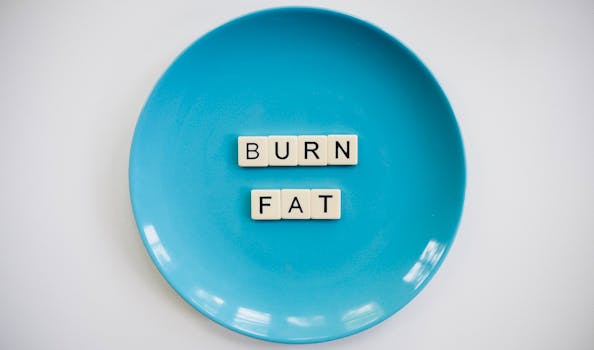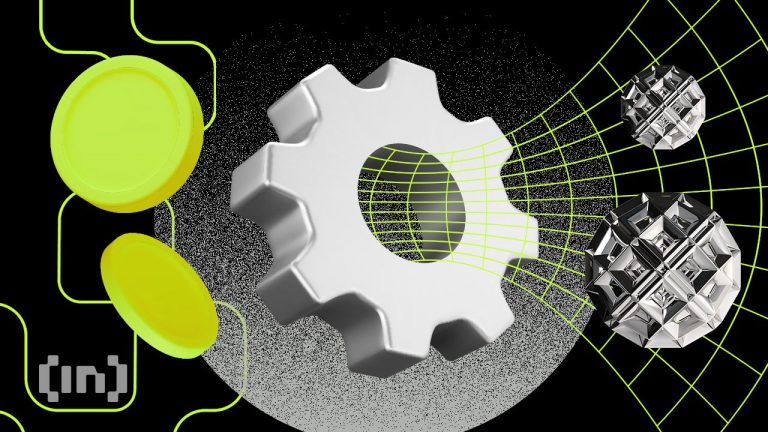
Understanding HIIT

High-Intensity Interval Training (HIIT) has emerged as one of the most popular workout methods for fat loss. This training technique alternates between short bursts of intense exercise and periods of rest or lower-intensity exercise. The concept is simple: push your body to its limits for a short period, then allow it to recover.
How HIIT Works for Fat Loss

The primary reason HIIT is effective for fat loss is its ability to increase your metabolic rate. After a HIIT session, your body continues to burn calories even at rest, a phenomenon known as the afterburn effect or excess post-exercise oxygen consumption (EPOC).
Structure of a HIIT Workout
A typical HIIT workout can last anywhere from 15 to 30 minutes and includes various exercises such as sprinting, cycling, or bodyweight exercises. For example, a common structure may involve 30 seconds of sprinting followed by 1 minute of walking, repeated for several rounds.
Benefits of HIIT Beyond Fat Loss

Besides fat loss, HIIT offers numerous other benefits. It can improve cardiovascular health, enhance metabolic flexibility, and increase endurance. Moreover, HIIT workouts can be done anywhere, making them a flexible option for busy individuals.
Getting Started with HIIT

Before starting HIIT, consult with a healthcare provider, especially if you have any pre-existing conditions. Beginners should start with moderate-intensity intervals and gradually increase the intensity as their fitness levels improve.
Sample HIIT Workout
Here’s a simple HIIT workout you can try:
- Warm-up: 5 minutes of light jogging
- 30 seconds of burpees
- 1 minute of rest
- 30 seconds of jump squats
- 1 minute of rest
- Repeat for 4-5 rounds
Conclusion

High-Intensity Interval Training is an effective and efficient way to burn fat and improve overall fitness. With the right approach, anyone can incorporate HIIT into their routine and reap the rewards of this powerful training method.





